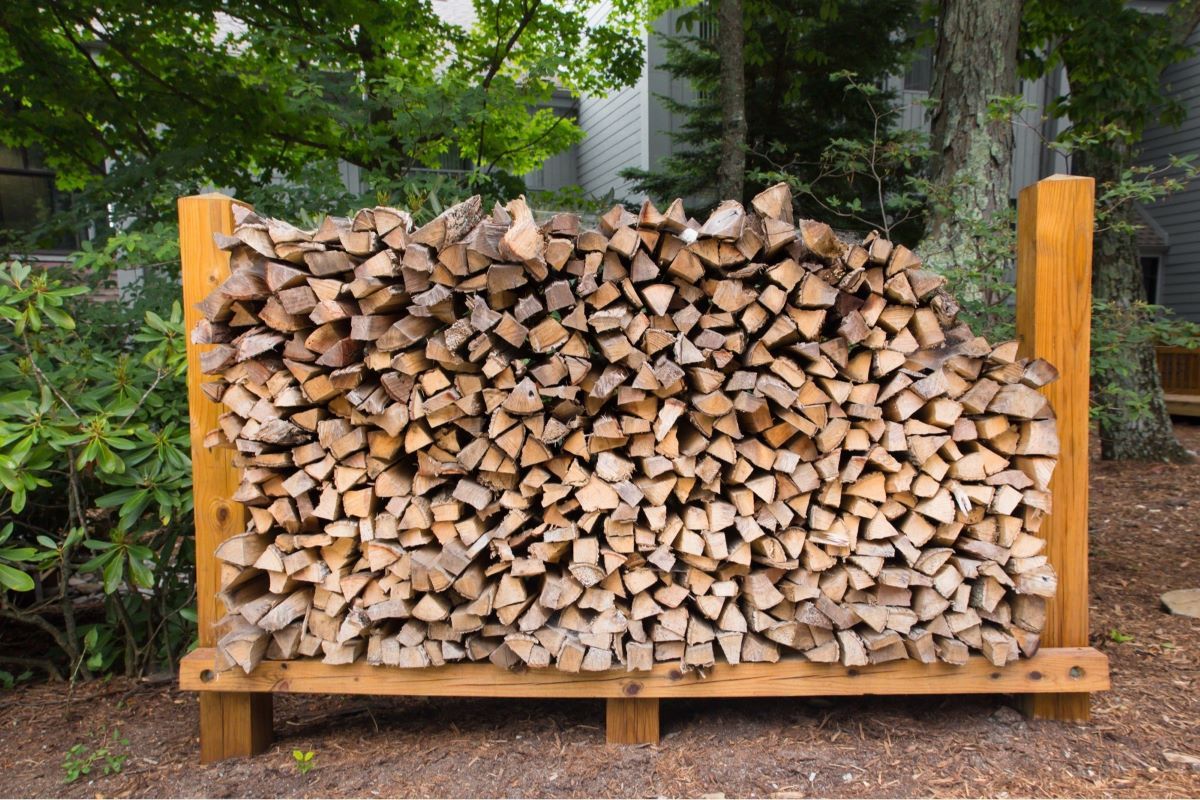

Articles
How To Store Firewood Outdoors
Modified: January 5, 2024
Learn effective methods for storing firewood outdoors in this informative articles. Keep your firewood dry and ready to use with these helpful tips.
(Many of the links in this article redirect to a specific reviewed product. Your purchase of these products through affiliate links helps to generate commission for Storables.com, at no extra cost. Learn more)
Introduction
Storing firewood outdoors is essential for homeowners who rely on fireplaces or wood-burning stoves to keep their homes warm during the colder months. However, improper storage can lead to moisture build-up, mold growth, and insect infestations, resulting in damp and unusable firewood.
To ensure that your firewood remains dry, well-ventilated, and readily accessible, it’s crucial to follow a few key steps when storing it outdoors. In this article, we will guide you through the process of properly storing firewood, from choosing the right location to maintaining your woodpile throughout the seasons.
Whether you’re a seasoned firewood enthusiast or a beginner, these tips and techniques will help you maximize the quality and longevity of your firewood supply, ensuring that you can enjoy cozy fires all winter long. So, let’s dive in and discover how to store firewood outdoors effectively.
Key Takeaways:
- Properly storing firewood outdoors is crucial for maintaining a reliable and efficient fuel supply for your fireplace or wood-burning stove. Follow these steps to ensure dry, accessible, and well-maintained firewood all season long.
- Choosing the right location, preparing the ground, building a sturdy firewood rack, and maintaining the woodpile are essential steps for effective outdoor firewood storage. With proper care, you can enjoy cozy fires and a warm home throughout the winter.
Read more: How To Store Firewood In Garage
Choosing a Suitable Location
Choosing the right location for your firewood storage is crucial to ensure the longevity and quality of your wood. Here are some factors to consider when selecting the perfect spot:
- Proximity to the House: It’s best to place your firewood storage area near your house for convenience. This makes it easier to access the wood during those cold winter nights.
- Sunlight and Air Circulation: Make sure the spot you choose receives ample sunlight and has good air circulation. Sunlight helps to dry out any moisture in the wood, while proper air circulation prevents the growth of mold and fungus.
- Level Ground: Find a flat and level area to store your firewood. Uneven ground can lead to instability and potential hazards, such as stacked wood falling over.
- Away from Structures: Keep your firewood storage area at least a few feet away from any structures like your house, sheds, or fences. This helps to prevent any potential damage in case of fire or pest infestations.
- Accessibility: Ensure that the chosen location is easy to access, especially during inclement weather. You don’t want to trudge through mud or snow to reach your firewood.
By considering these factors, you can select a suitable location for your firewood storage that ensures easy access, proper ventilation, and protection from external elements. Now that you have chosen the location, let’s move on to preparing the ground.
Preparing the Ground
Preparing the ground for your firewood storage is an important step to ensure the stability and longevity of your woodpile. Here are some steps to follow when preparing the ground:
- Clear the Area: Start by clearing the area of any debris, grass, or vegetation. This ensures a clean and level surface for your firewood stack.
- Create a Base: Lay down a base material such as gravel, concrete, or wooden pallets. This helps to elevate the firewood off the ground, allowing for better airflow and drainage to prevent rotting.
- Level the Ground: Use a rake or shovel to level the ground where you plan to stack your firewood. This helps to create a stable foundation for your woodpile.
- Consider Drainage: If your chosen location is prone to water pooling or flooding, consider installing drainage or using raised platforms to keep the firewood dry.
- Add Weed Barrier: To prevent weeds and grass from growing underneath your firewood, lay down a weed barrier or landscape fabric before stacking the wood.
By properly preparing the ground, you create a suitable environment for your firewood stack. This not only prevents moisture buildup but also makes it easier to access and maintain your woodpile. Now that the ground is ready, let’s move on to building a firewood rack.
Building a Firewood Rack
Building a firewood rack is an efficient way to keep your woodpile organized and off the ground. It helps to improve airflow, prevent moisture buildup, and protect your firewood from pests and decay. Here’s how you can build a simple and sturdy firewood rack:
- Gather Materials: You will need sturdy lumber, such as pressure-treated 2x4s or 4x4s, as well as outdoor screws, a saw, measuring tape, and a drill.
- Measure and Cut: Determine the desired length and height of your firewood rack. Cut the lumber accordingly, making sure to have two longer pieces for the sides and multiple shorter pieces for the crossbars.
- Assemble the Frame: Start by connecting the longer side pieces with the shorter crossbars using outdoor screws. Depending on the size of your rack, you may need additional crossbars for added support.
- Add Support Braces: To strengthen the rack, consider adding diagonal support braces at each corner. This will provide extra stability and prevent the rack from sagging over time.
- Secure the Base: Attach a piece of plywood or additional lumber to the base of the rack. This will provide a solid surface to hold the firewood and prevent it from falling through the gaps.
- Finishing Touches: If desired, you can apply a weather-resistant sealant or paint to the wood to protect it from the elements and enhance its durability.
Building a firewood rack ensures that your woodpile remains organized, accessible, and well-ventilated. It also adds a visually appealing element to your outdoor space. Once you have your firewood rack ready, it’s time to start stacking the wood.
To store firewood outdoors, stack it off the ground on a raised platform or pallet to prevent moisture and pests. Cover the top with a tarp to protect it from rain and snow. Rotate the wood regularly to ensure even drying.
Stacking the Firewood
Stacking the firewood properly is essential for maintaining airflow, preventing moisture buildup, and ensuring that the wood dries effectively. Follow these guidelines for effective firewood stacking:
- Create a Foundation: Start by laying a row of logs parallel to the base of the firewood rack. This creates a solid foundation for the stack.
- Stack in Rows: Place the logs in rows, with each row slightly overlapping the one below it. This crisscross pattern allows for better airflow and stability.
- Alternate Directions: Rotate the direction of the logs with each row. This helps to prevent the woodpile from leaning or collapsing under its weight.
- Keep it Tightly Packed: Ensure that the logs are tightly packed together, with minimal gaps in between. This helps to maintain stability and prevent the wood from shifting.
- Stack in Moderate Heights: It’s best to stack the woodpile at a moderate height, not exceeding the height of the firewood rack. This makes it easier to access the wood and reduces the risk of the stack toppling over.
- Cover the Top: Place a tarp or waterproof cover over the top of the woodpile to protect it from rain, snow, and excessive moisture. Make sure the cover extends beyond the edges of the stack to keep the sides dry as well.
By following these stacking techniques, you can ensure that your firewood remains well-organized, properly ventilated, and ready to use. Now, let’s move on to covering and protecting the firewood stack.
Read more: How To Store Firewood Indoors
Covering and Protecting the Firewood
Covering and protecting your firewood stack is crucial to prevent moisture accumulation, insect infestations, and degradation of the wood. Here are some steps to effectively cover and protect your firewood:
- Use a Waterproof Cover: Invest in a high-quality waterproof cover or tarp that is large enough to completely cover your firewood stack. The cover should be UV-resistant and securely fastened to prevent it from being blown off by strong winds.
- Elevate the Cover: To allow for proper air circulation, elevate the cover slightly by placing wooden boards or blocks on top of the stack before putting the cover on. This helps to create a peak in the cover, allowing rainwater to run off easily.
- Avoid Contact with the Ground: Make sure your firewood stack does not come into direct contact with the ground. This can prevent moisture absorption and reduce the risk of pest infestations. Place a layer of pallets, bricks, or rocks under the bottom row of logs to elevate the wood.
- Leave Space for Airflow: When covering the woodpile, make sure there is sufficient space for air circulation. Avoid tightly wrapping the stack, as this can trap moisture and hinder drying.
- Keep It Ventilated: During dry weather, consider partially uncovering the stack to allow for additional airflow. This will help in the drying process and prevent the growth of mold or fungi.
- Inspect Regularly: Periodically check the condition of the cover and the woodpile itself. Look for signs of damage, pests, or mold. Remove any damaged or infested logs and replace the cover if necessary.
By properly covering and protecting your firewood stack, you can ensure that it remains dry, accessible, and free from pests. Now, let’s move on to the next step, which is maintaining your firewood supply.
Maintaining the Firewood Supply
Maintaining your firewood supply is crucial for ensuring a steady and reliable source of fuel for your fireplace or wood-burning stove. Here are some tips to help you maintain your firewood supply:
- Rotate the Stack: As you use firewood from your stack, make sure to rotate the logs so that older wood gets used first. This prevents any wood from sitting for too long and deteriorating.
- Keep the Stack Tidy: Regularly organize and straighten your firewood stack to prevent it from toppling over. This also allows for better airflow and reduces the risk of pests finding a cozy spot to hide.
- Monitor for Pests: Keep an eye out for signs of pest infestations, such as sawdust, holes, or insects. If you notice any signs of pests, take immediate action to remove the infested logs and treat the area to prevent further damage.
- Remove Excess Moisture: If you find that your firewood is still damp or has excessive moisture, consider using a moisture meter to check the wood’s moisture content. If needed, allow the wood to dry out further before bringing it indoors.
- Plan Ahead: Anticipate your firewood needs and plan accordingly. Start replenishing your firewood stack well in advance to ensure that you have enough wood for the upcoming winter season.
- Season the Wood: If possible, aim to season your firewood for at least six months before using it. Seasoned firewood burns more efficiently, produces less smoke, and generates more heat.
By following these maintenance tips, you can ensure a well-organized, well-maintained firewood supply that is ready to keep your home warm and cozy throughout the winter. Now, let’s wrap up our guide on storing firewood outdoors.
Conclusion
Properly storing firewood outdoors is essential for homeowners who rely on wood-burning devices to heat their homes during the colder months. By choosing a suitable location, preparing the ground, building a firewood rack, stacking the firewood properly, and covering and protecting the woodpile, you can ensure that your firewood remains dry, accessible, and in good condition.
Selecting the right location for your firewood storage area ensures convenience and easy access. Preparing the ground with a solid base and proper drainage helps to prevent moisture buildup and rotting. Building a sturdy firewood rack allows for proper airflow and organization of the woodpile. Stacking the firewood in a crisscross pattern and tightly packing the logs improves stability and ventilation. Lastly, covering the woodpile with a waterproof cover protects it from the elements while still allowing for air circulation.
Regular maintenance, such as rotating the stack, keeping it tidy, monitoring for pests, and removing excess moisture, ensures that your firewood supply remains in good condition. By planning ahead and seasoning the wood properly, you can maximize the efficiency and heat output of your firewood.
In conclusion, by following the steps outlined in this guide for outdoor firewood storage, you can enjoy a reliable and efficient source of fuel for your fireplace or wood-burning stove. A well-maintained firewood supply will keep your home warm and cozy during those chilly winter nights while providing a cozy and welcoming ambiance. So go ahead, implement these tips, and enjoy the warmth and comfort of a crackling fire all season long.
Frequently Asked Questions about How To Store Firewood Outdoors
Was this page helpful?
At Storables.com, we guarantee accurate and reliable information. Our content, validated by Expert Board Contributors, is crafted following stringent Editorial Policies. We're committed to providing you with well-researched, expert-backed insights for all your informational needs.
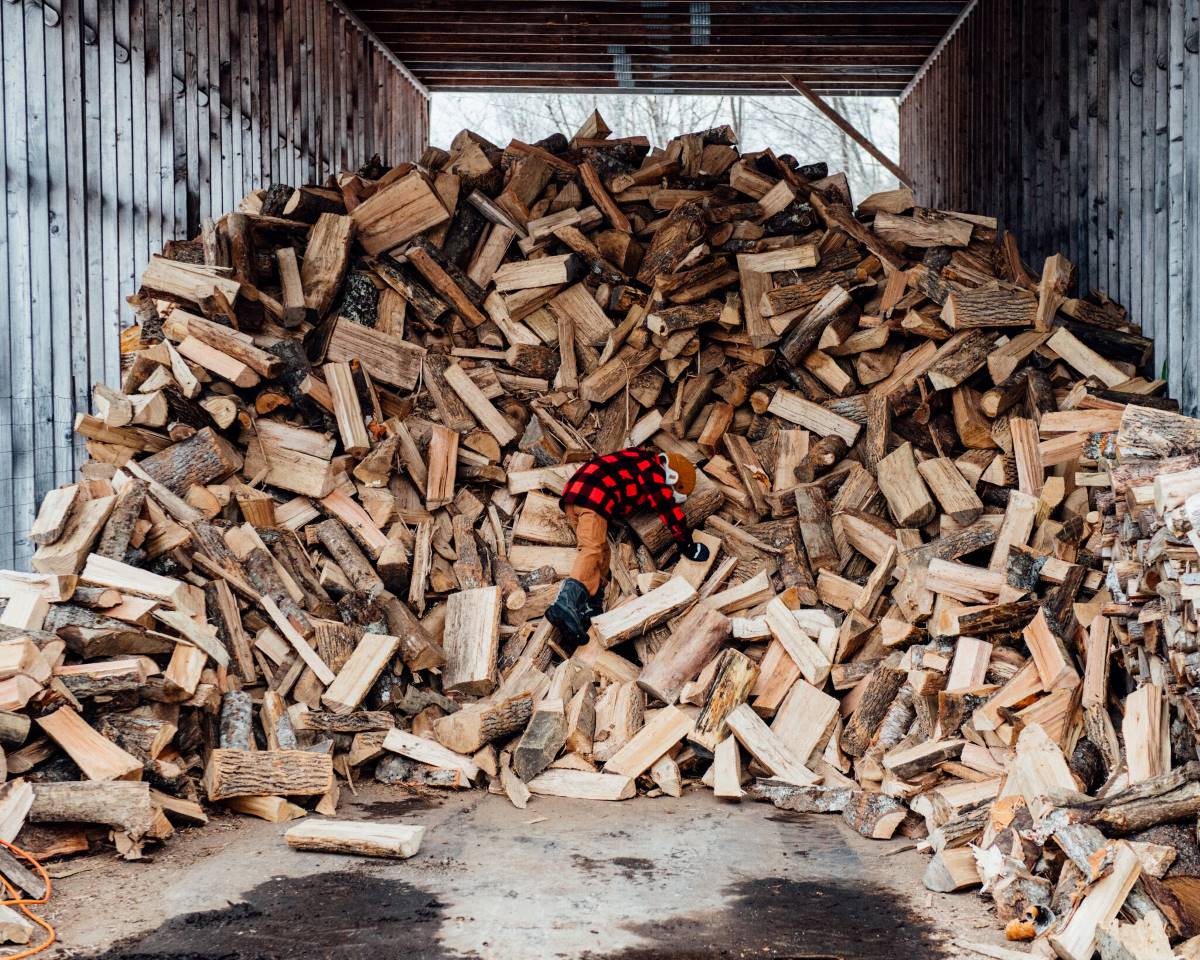
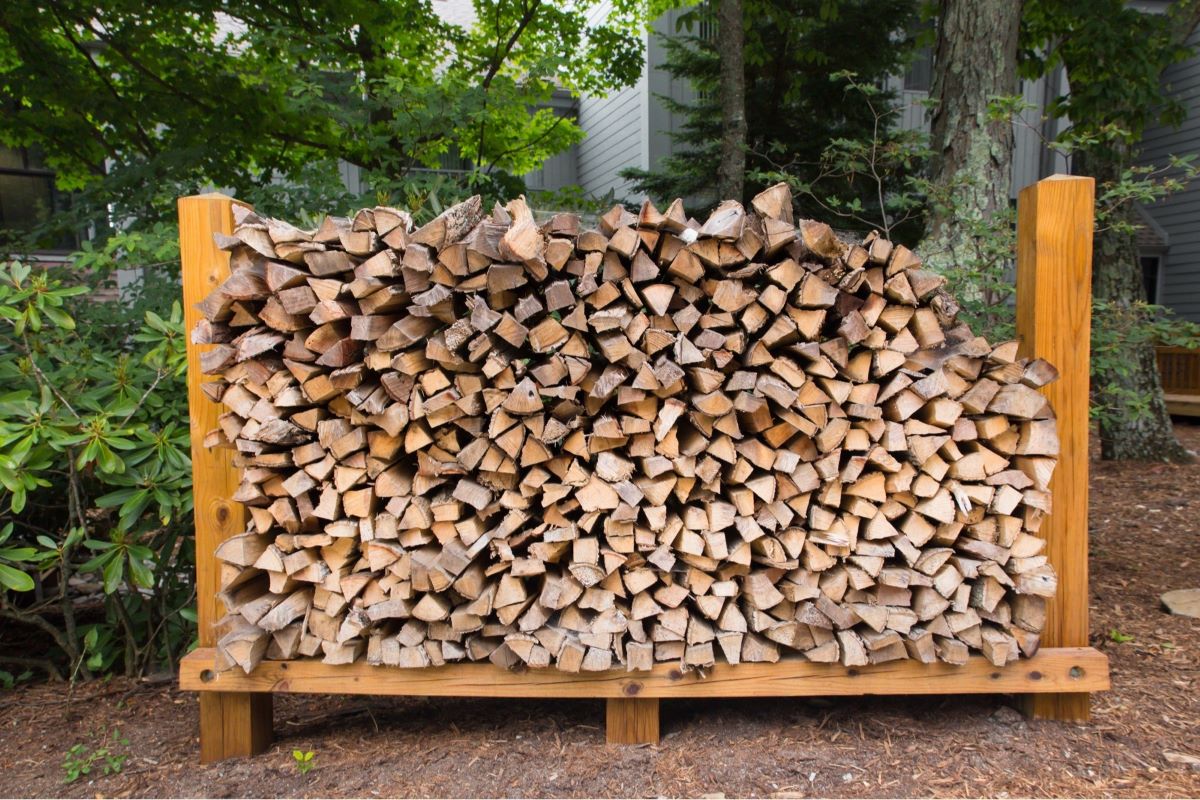
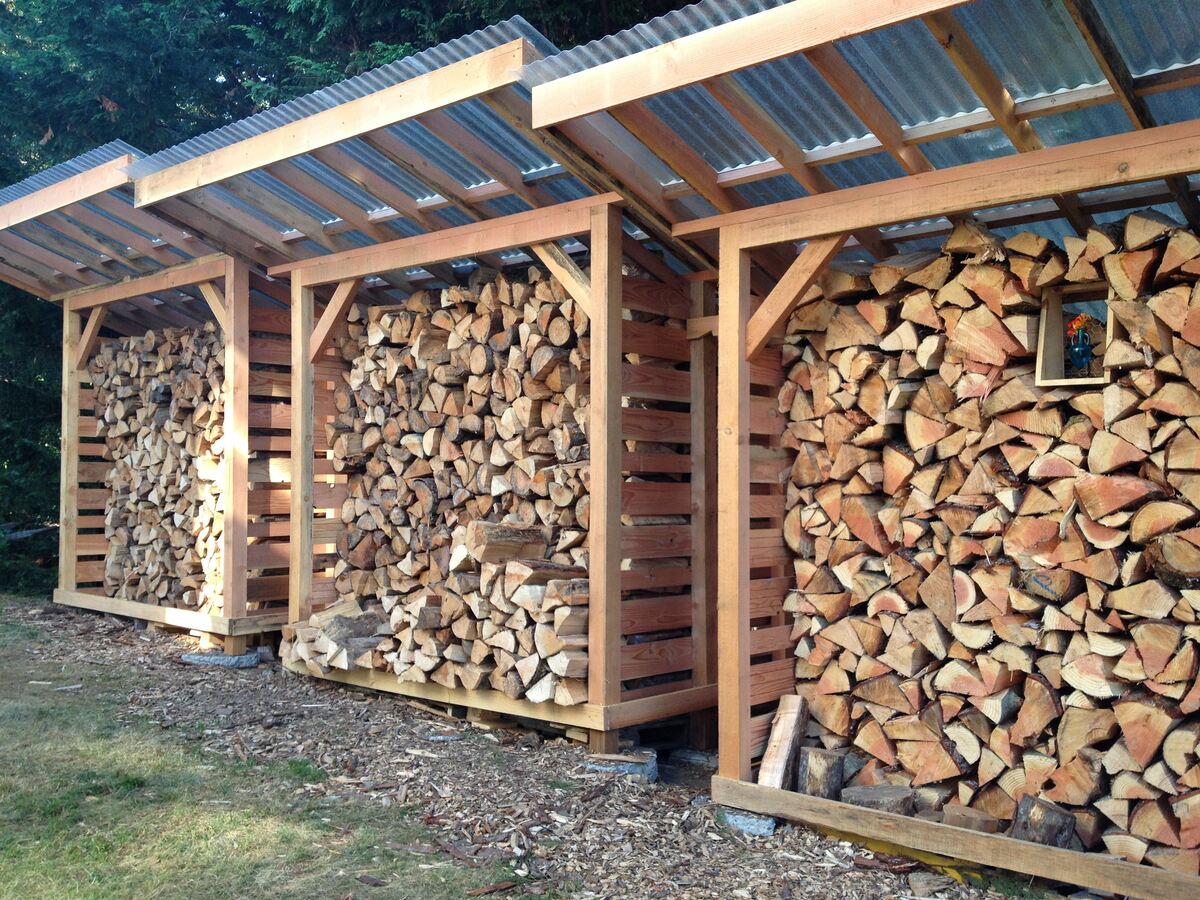
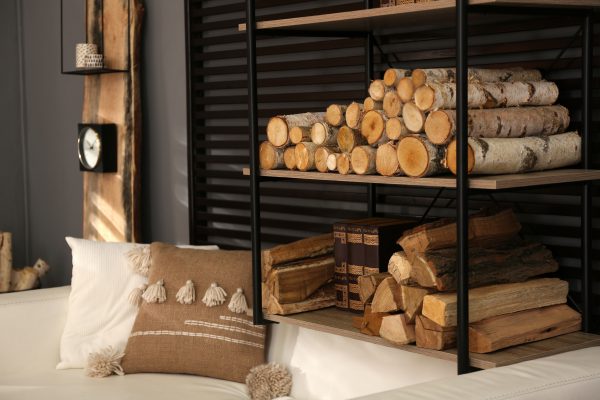





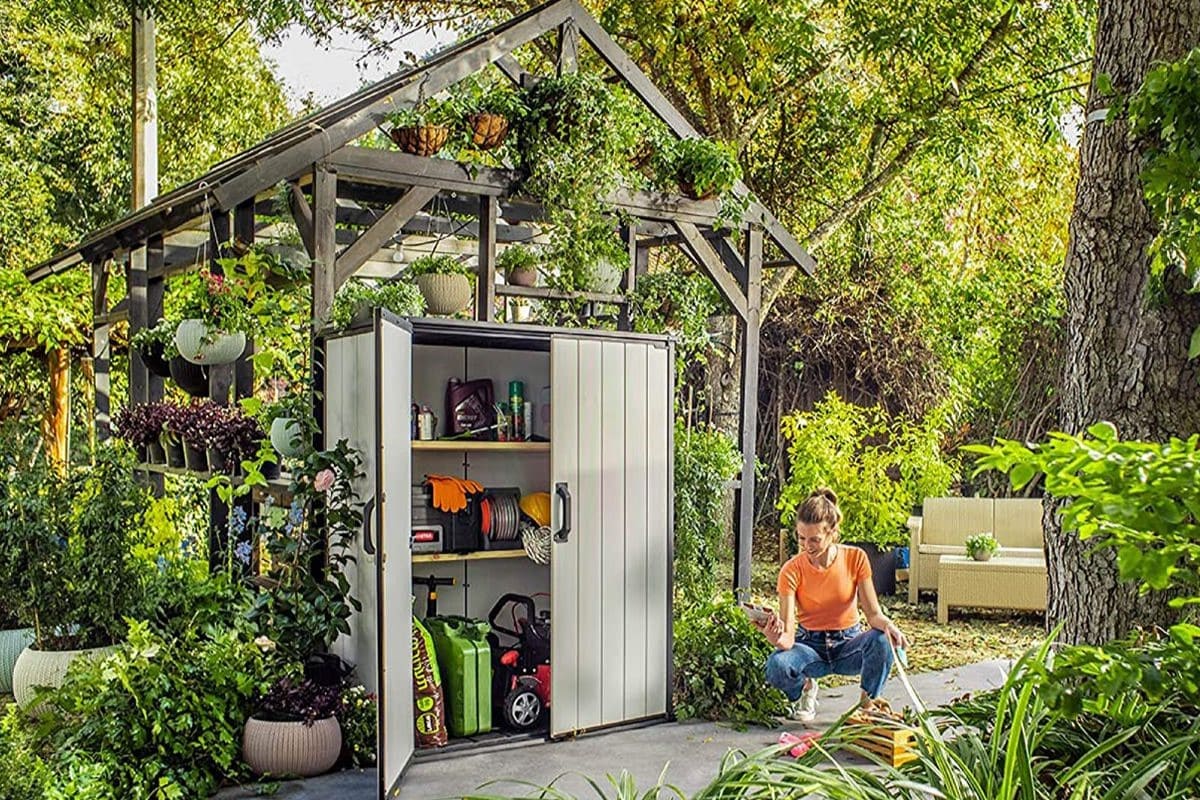


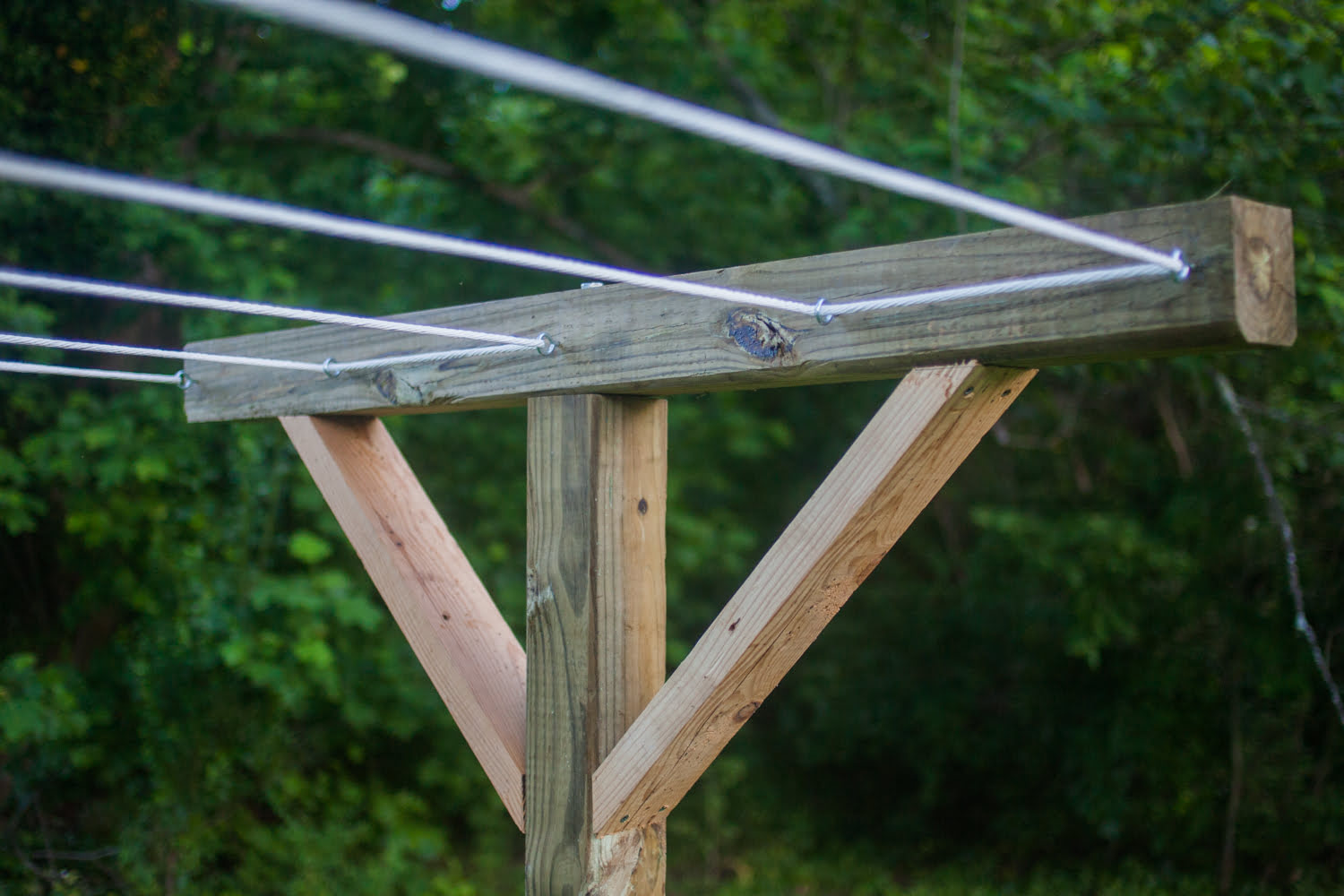


0 thoughts on “How To Store Firewood Outdoors”